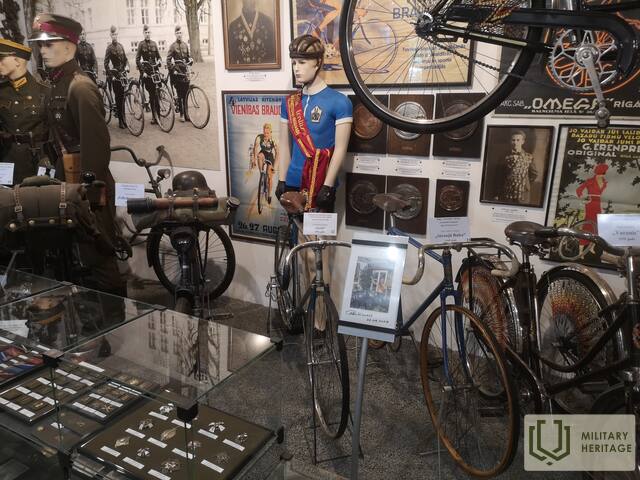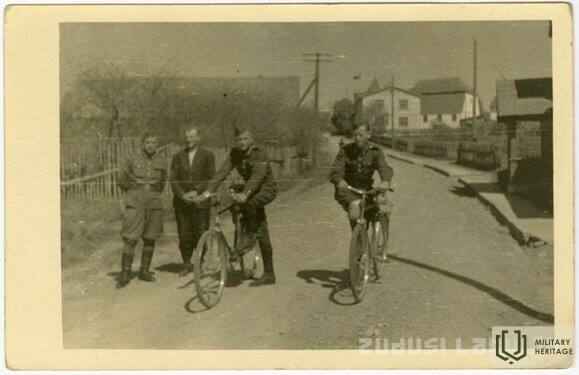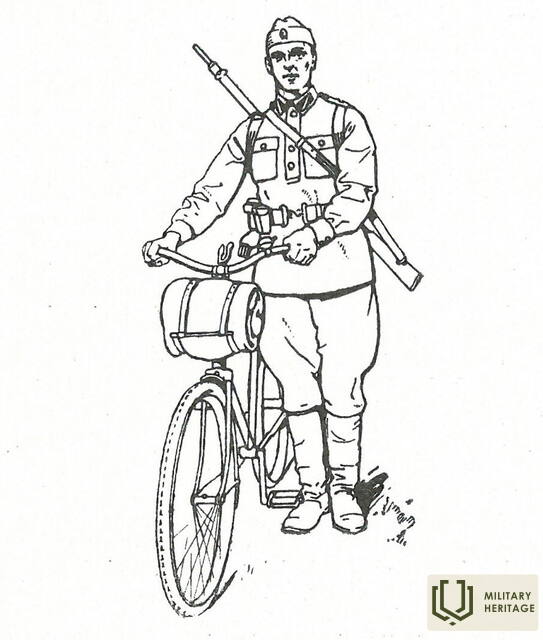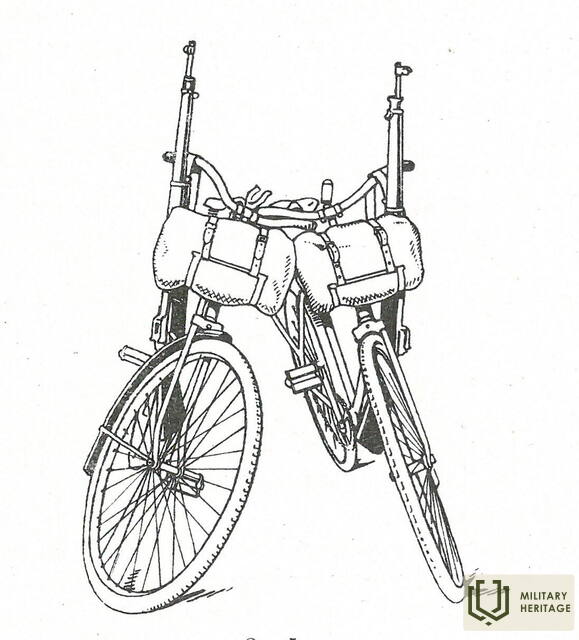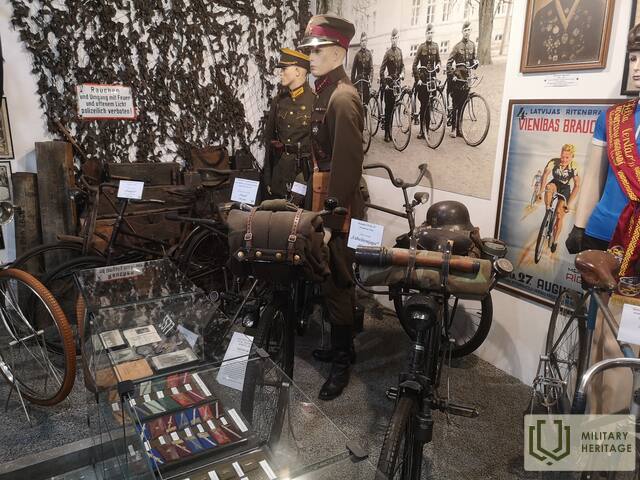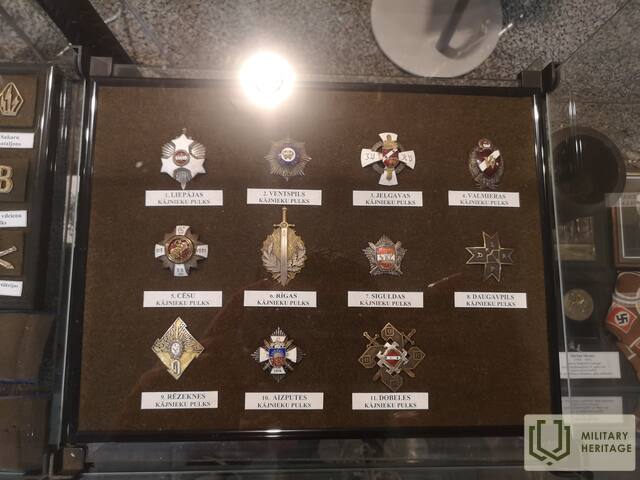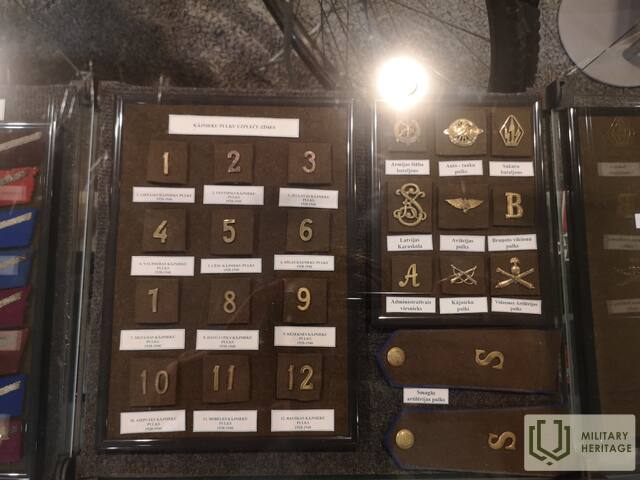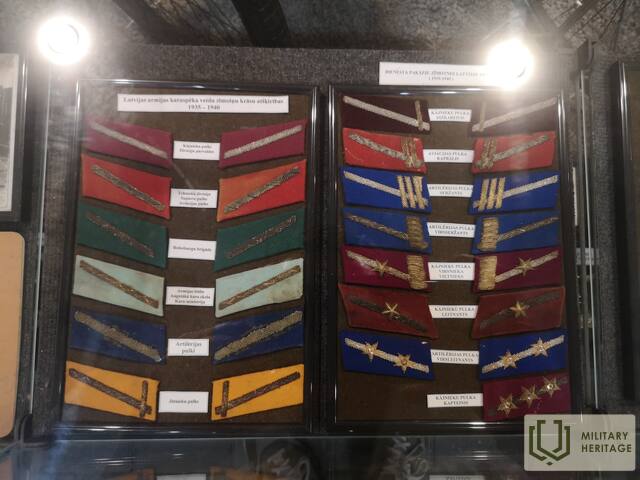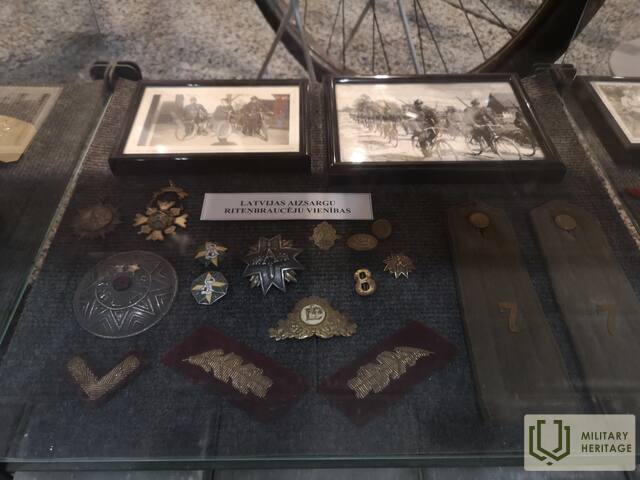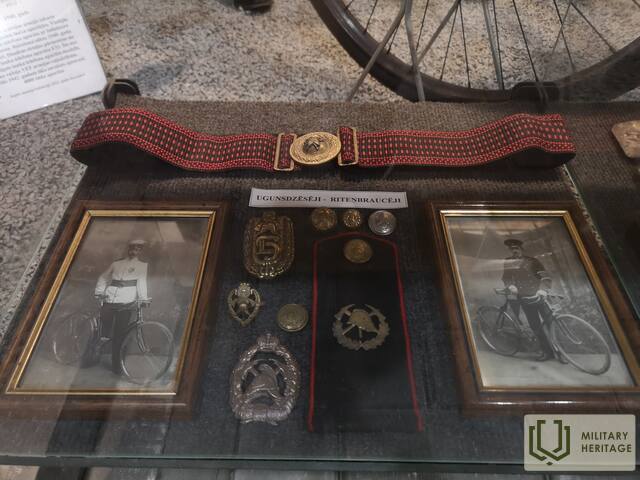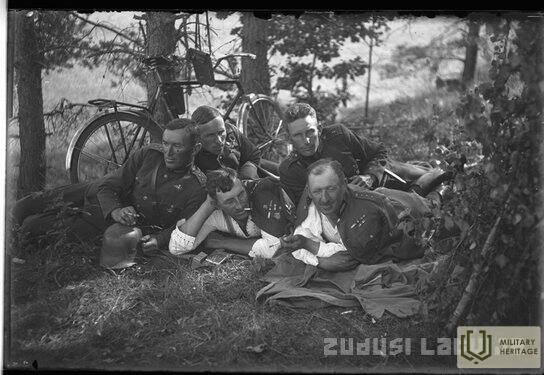Karinių motociklų ekspozicija Saulkrastų dviračių muziejuje
Muziejus

Dviračių muziejus yra Saulkrastuose, netoli A1 greitkelio ir Pabaži geležinkelio stoties, šalia Baltosios kopos. Muziejaus kolekciją sudaro techniškai įdomiausi dviračių raidos istorijos pavyzdžiai Latvijoje. Tai didžiausia dviračių kolekcija Baltijos šalyse, kurioje yra apie 60 Latvijoje pagamintų ir naudotų dviračių, įskaitant armijos tipo dviračius. XX amžiaus pradžioje daugelis armijų pradėjo plačiai naudotis dviračių prieinamumu ir privalumais. Dėl jų mobilumo buvo suformuoti specialūs dviračių daliniai. Dviračių daliniai galėjo lengviau rinkti žvalgybos informaciją ir pradėti netikėtus išpuolius, be to, jie buvo mobilesni nei įprasti pėstininkai, kai reikėjo vykdyti operacijas plačioje teritorijoje. Po Pirmojo pasaulinio karo Latvijos armija taip pat turėjo dviračių dalinių, kurie naudojo Latvijoje pagamintus armijos dviračius. Kiekvienas tokiame dviračių dalinyje tarnavęs kareivis turėjo atitikti griežtus reikalavimus. Būtina gera ištvermė, regėjimas ir klausa, taip pat sveika širdis ir plaučiai. Jie negalėjo sverti mažiau nei 80 kg, o jų ūgis turėjo būti 165–180 cm. Latvijos armijoje buvo laikomasi standarto, kad gerai apmokytas dviratininkas per dieną turėtų įveikti 80–100 km, o priverstinėmis sąlygomis – iki 150 km. Žiemą, kai nebuvo galima naudoti dviračių, buvo naudojamos slidės. Dviračių būrio kareivis turėjo sugebėti per dieną nučiuožti 50–60 km. Daugelis dviračių būrių kareivių vėliau tapo profesionaliais sportininkais.
Kasmet sulaukiame apie 5000 lankytojų.
Panaudoti šaltiniai ir literatūra:
Dviratininkų mokymo nuostatai. Ryga: Kariuomenės štabo Mokymo departamentas, 1940 m.
Sapratnieks, T. Dviračių transporto priemonių vystymas ir naudojimas ateityje. „Karinė apžvalga“, Nr. 7, 1935.
V, K. Dviratininkas. Kadetas, Nr. 6/7. 1939 m.
Edukacinės programos
Ekskursija į Saulkrastų dviračių muziejų
Muziejuje saugoma didžiausia dviračių kolekcija Baltijos šalyse. Iš viso muziejuje eksponuojama apie 60 Latvijoje pagamintų ir naudotų dviračių, įskaitant ir armijos stiliaus dviračius. Saulkrastų dviračių muziejus lankytojus traukia senovine atmosfera ir įdomia kolekcija. Tėvo ir sūnaus Janio ir Gunčio Sereginių dviračių kolekcija tapo unikaliu istorijos liudininku. Muziejuje eksponuojamas vienas pirmųjų dviračių su aukštais ratais, dviratis su pirmosiomis pripučiamomis padangomis ir net medinis dviratis. Kolekcijoje gausu įvairių dalykų, susijusių su dviračių naudojimu, dviračių sportu, asociacijomis ir dviračių gamyba. Be to, kolekcija nuolat atnaujinama. Ekskursija po muziejų su gidu ir įtraukiančiu pasakojimu.
Susijusi laiko juosta
Susijusi istorija
Specialūs nurodymai dviratininkų sveikatos priežiūrai
Dviratininkų rengimo nuostatuose nurodytos rekomendacijos skirtos Latvijos kariuomenės dviratininkų rengimui. Rekomendacijos daugiausia skirtos karių sveikatos klausimams.




